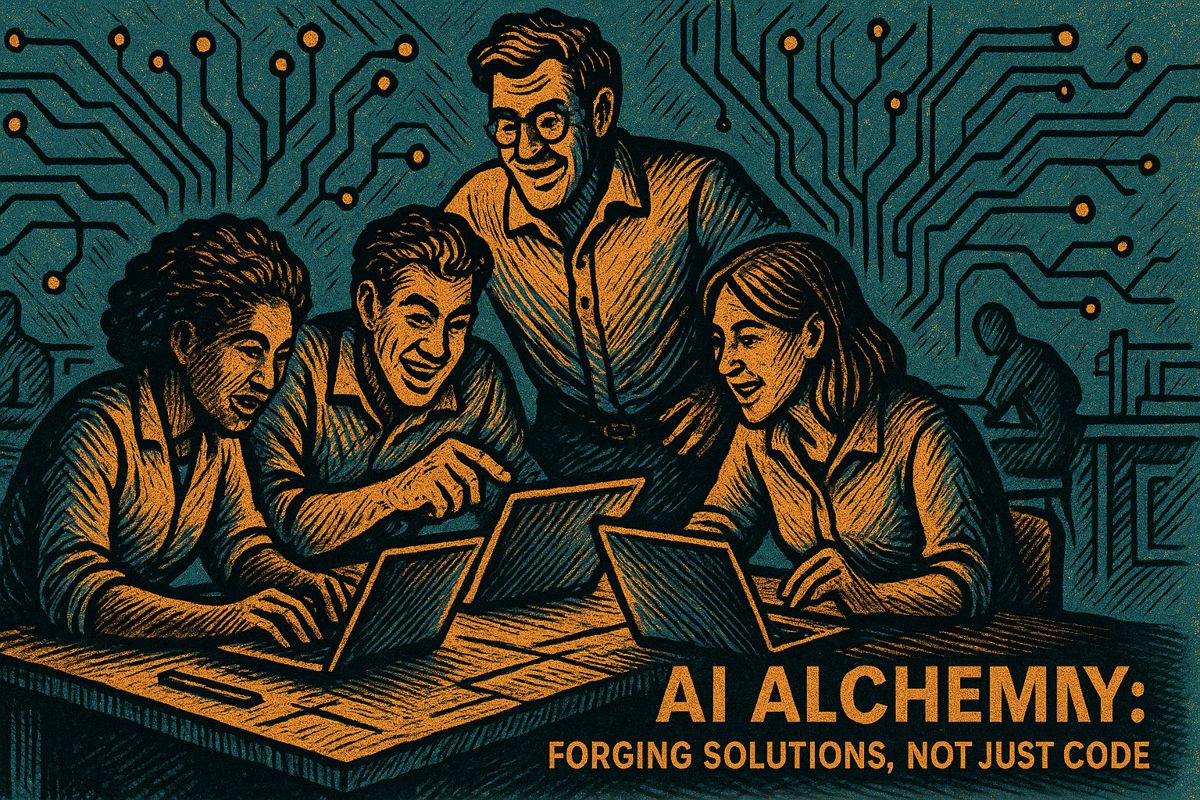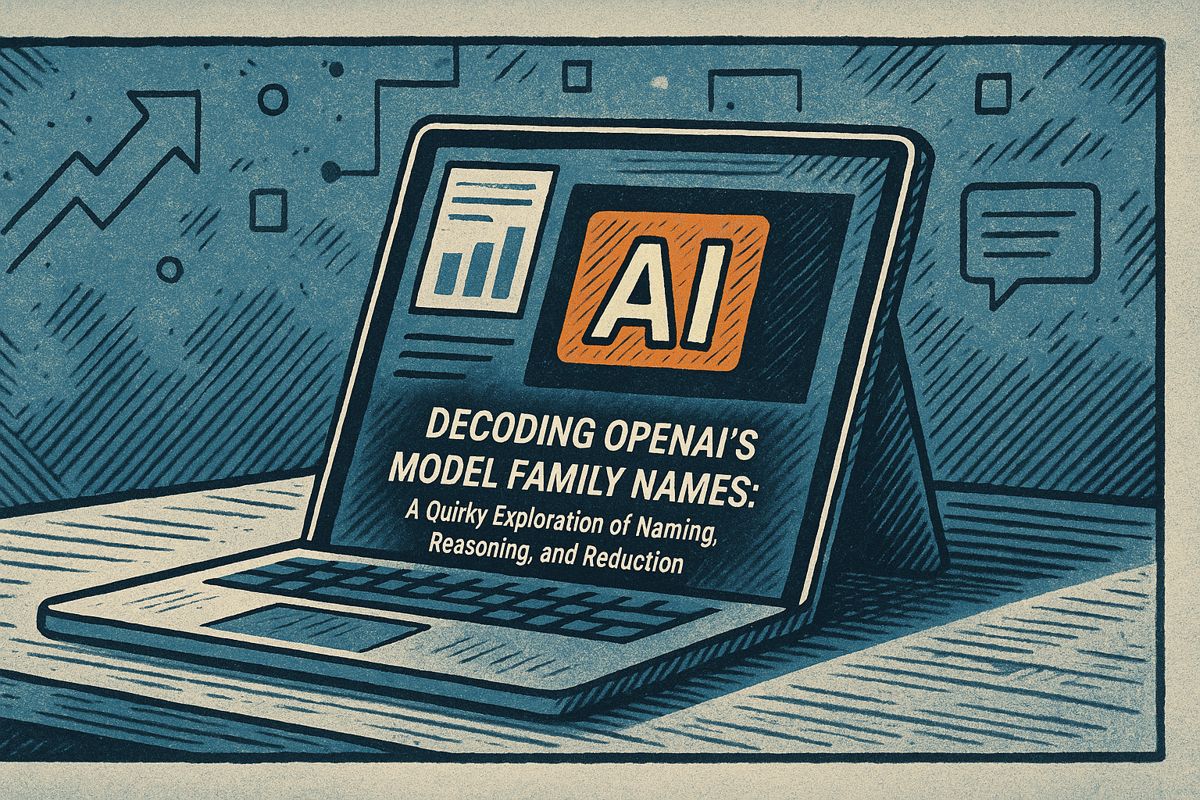OpenAI is aggressively hiring ex-Apple engineers for a major 2026 AI hardware initiative, signaling a significant strategic shift. Under CEO Sam Altman’s agile leadership, the company aims to develop new devices and proprietary compute infrastructure, all while advancing its mission toward safe artificial general intelligence (AGI) and preparing for the next-generation GPT-6 model.
Altman’s leadership style, detailed in a recent transformational leadership analysis, fosters rapid iteration. He encourages managers to make reversible decisions and maintains transparency through an open Slack policy and weekly AMA sessions, even welcoming public dissent to accelerate progress.
Delegation During Hypergrowth
To support its 2026 hardware goals, OpenAI is hiring ex-Apple engineers to develop its own AI devices and compute infrastructure. This pivot, driven by CEO Sam Altman, aims to create screenless voice gadgets, reduce operational costs, and build a more resilient platform for future models like GPT-6.
OpenAI maintains a flat organizational structure to foster collaboration, with all technical employees sharing the title ‘member of technical staff.’ To prevent bottlenecks during hypergrowth, Altman empowers small, cross-functional teams with full ownership of key projects, from model safety to chip procurement and new reinforcement learning pipelines.
Key delegation guidelines at OpenAI include:
– Prioritizing the ‘why’ over the ‘how’ to empower team autonomy.
– Appointing a single responsible individual for each milestone.
– Conducting progress reviews in public channels to encourage feedback.
– Rotating team leaders quarterly to prevent siloed thinking.
Hardware Ambitions and Talent Acquisition
Hardware is now a primary focus for the CEO. Since early 2025, OpenAI has recruited over two dozen former Apple engineers and partnered with suppliers like Luxshare and Goertek for prototyping. According to reports on this Apple talent recruitment, the first device, led by Chief Hardware Officer Tang Tan, is expected to be a screenless voice companion launching in 2026.
The company is also diversifying its computing resources. Project Titan XPU integrates AMD MI300X and Google TPUs to mitigate GPU shortages. Internal projections show this strategy could cut inference costs by 27% and significantly improve redundancy during peak usage.
GPT-6: From Tool to Collaborator
Altman envisions GPT-6 as a partner that will ‘help scientists push the frontier,’ not replace them. The model’s release is anticipated for 2026 at the earliest, as noted in OpenAI’s own updates on progress and recommendations. Key research focuses on features like persistent memory for long-term project tracking and autonomous reasoning for generating new hypotheses.
Economists briefed by OpenAI project that up to 60% of knowledge-based tasks could be partially automated with GPT-6. In parallel, Altman confirms that robust policy frameworks are being developed, including differential release schedules, content watermarking, and an expanded societal impacts review board with labor economists and climate scientists.
Balancing Societal Pressure and Investor Patience
While investors like Microsoft and Thrive Capital push for quicker monetization, Altman prioritizes building institutional trust, which he argues is more valuable than short-term revenue. OpenAI remains committed to its capped-profit model and transparently publishes most of its safety research. This approach contributes to high employee morale, with a 2025 internal survey showing 92% of staff would recommend OpenAI as an employer.
Ultimately, Altman’s message is consistent: groundbreaking technology requires equally ambitious governance. He advocates for transparent processes and clear accountability as the essential guardrails for managing increasingly powerful AI systems, from internal code reviews to public policy discussions.



















